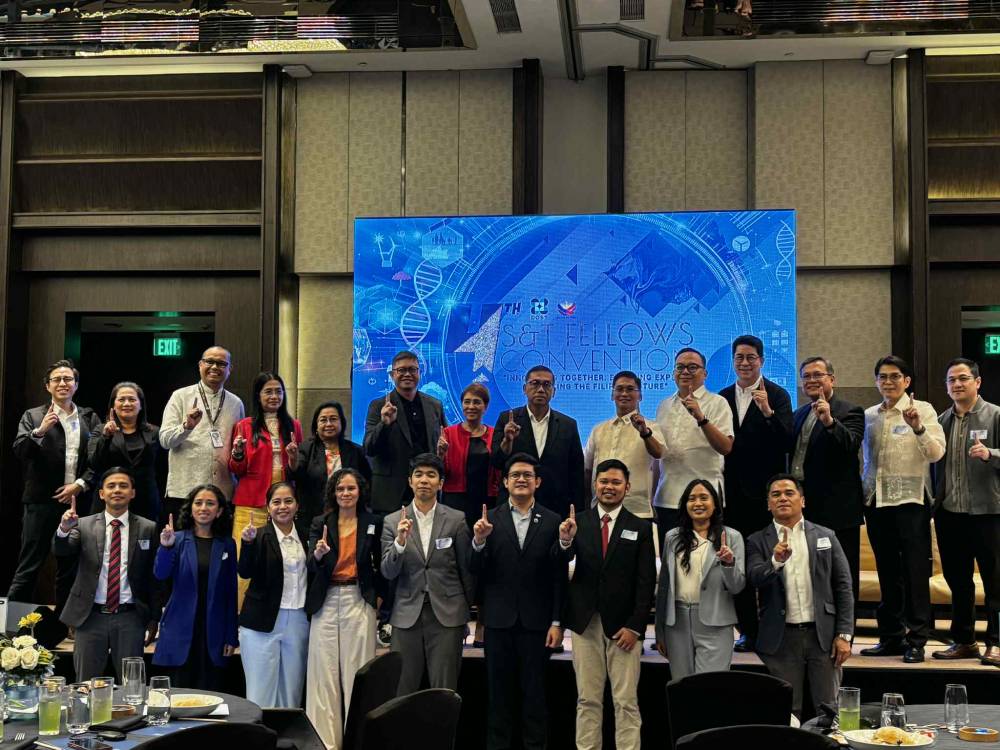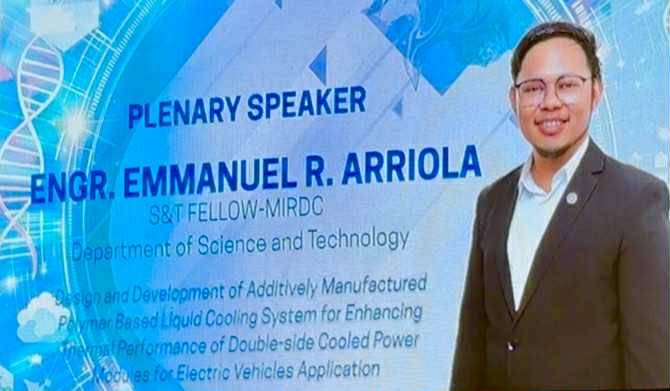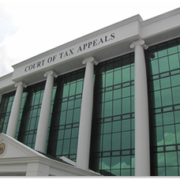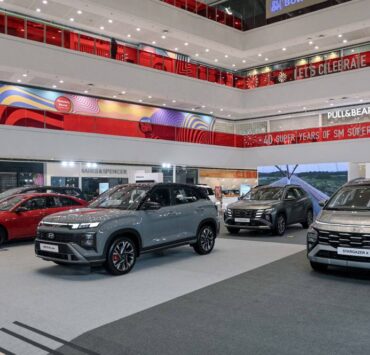DOST engineer designs solution to overheating EV power modules

The Department of Science and Technology has been busy for quite some time now, implementing programs boosting research and development (R&D) among the younger set of Filipino scientists for its “Balik Scientist (Returning Scientist)” and Science and Technology Fellows Programs.
In an interview last Monday at the 4th DOST S&T Fellows Convention at the Hilton Manila Newport World Resorts in Pasay City, DOST Secretary Renato U. Solidum Jr disclosed that in 2024, the Balik Scientist Program engaged 51 experts in the sciences, technology, and innovation, advancing the country’s R&D. The S&T Fellows Program, with 64 scientists and researchers leading 34 projects worth over P380 million, offers competitive opportunities for Filipino scientists to spearhead impactful R&D in various fields, such as industrial and emerging technologies, agriculture and natural resources; and public health and healthcare systems.
“The S&T Fellows—composed of researchers, scientists, and engineers—are vital in strengthening DOST’s R&D capacity,” said Solidum. He said that, as of August 2025, there are 58 S&T Fellows currently embedded across DOST agencies, shaping the research and development landscape envisioned by the department. To date, there are 49 projects led or to be implemented by the S&T Fellows have amounted to over P700 million in funding.

Last Monday’s presentations focused on micro, small, and medium enterprise (MSME)-driven innovations that aim to bring science closer to industries and communities.
One of the presenters was Engineer Emmanuel Arriola, a DOST S&T Fellow, who presented a solution to the so-called “thermal bottleneck” in electric vehicles (EVs).
He called his design “AMPoLiCoolS,” for Additively Manufactured Polymer-Based Liquid Cooling System, which addresses one of the most critical challenges in EVs—heat management.

Arriola placed his work in context, stressing that the presence of EVs on the road will increase by 30 percent by 2032. These EVs, he said, promise efficiency, sustainability, and longer running range. But there is one obstacle that prevents EVs from optimizing these advantages, and that’s the overheating of power modules.
Overheating power modules has a dual effect: It either leads to lower efficiency and less mileage, or it leads to shorter EV life spans. Arriola said that lower efficiency means greater power loss. “The EV extracts less power from the battery, resulting in less mileage. And on the other end, those who get higher ranges but experience overheating or thermal cycling, their EV’s life spans are shorter,” he explained.

Arriola said that his “AMPoLiCoolS” design will solve the EV thermal bottleneck, enhancing range. He said his design can maintain the rated capacity of the EV’s power module, thus increasing efficiency. To increase the EV’s life span and reliability, Arriola’s design can place the power module on the thermal “safe zone” or “comfortable area.”
Arriola also said that his design could also be scalable. “If an EV is currently operating at its optimal performance, near its rated capacity, we would be able to accept higher-powered EVs like trucks, because the charging range and power that EVs can generate are already relatively acceptable.”
Arriola explained the main feature of his “AMPoLiCoolS” design: High-performance heat spreaders for the newly innovated power modules, which are the double-sided cooled power modules for EVs. “Why do we want double-sided cooling? It gives us higher power ratings. Imagine, if a power module just has 13.4 kW per liter power density, but if it’s double-sided, it can actually be used for a system that can reach up to 100 kw/liter. That is three times the rated capacity of the highest-powered EV,” Arriola said.

Arriola summarized his “AMPoLiCoolS” project during a Viber interview: “This is about developing a new cooling system for EV power modules. Power modules are like the ‘control center’ of the motor of the EV, and they heat up extremely when the vehicle is in use. When the cooling system is inadequate, the EV suffers loss of efficiency, loss of mileage, and the components break down faster.”
He further disclosed, “We are using advanced 3D printing of polymers to design lightweight and customized cooling channels. Because of this, our polymers are lighter and more flexible compared to traditional metal cooling plates, and they can be adapted to different EV models.”
Overheating is also one of the major causes of EV fires, Arriola said. “Overheated lithium-ion batteries and electronics can go into ‘thermal runaway,’ which leads to fire.”
Arriola’s “AMPoLiCoolS” design, however, focuses on cooling the power modules, not the battery pack directly. Still, he said that his design would also help mitigate the causes of thermal runaways. “The same principle applies: Better heat management means safer and more reliable EVs.”

















